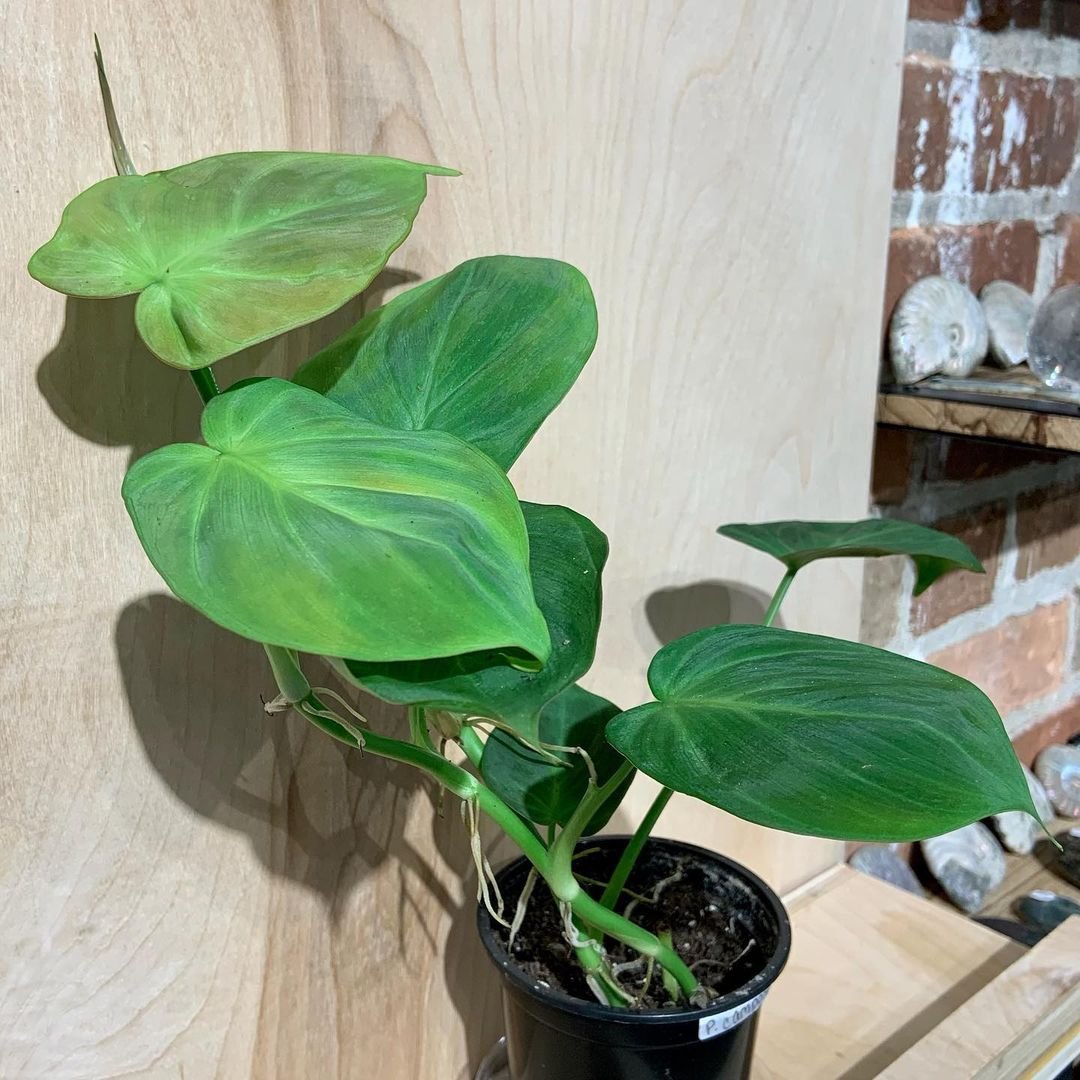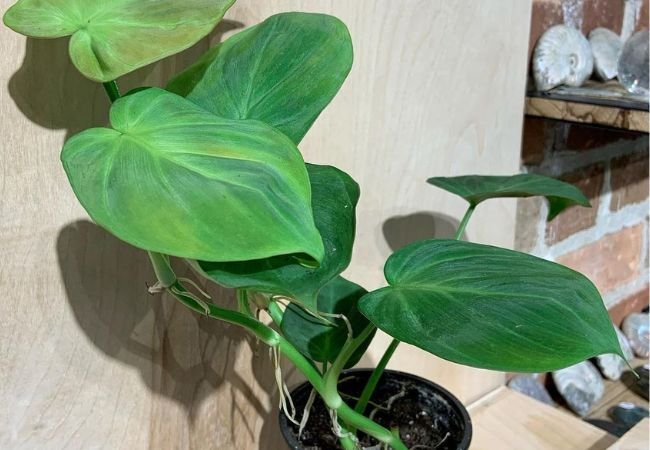Learn how to care for the stunning Philodendron Camposportoanum with these expert tips and tricks. Get insights on light, water, soil, propagation and more to keep this tropical beauty thriving.
The Philodendron Camposportoanum is a real showstopper when it comes to houseplants. With its large, glossy green leaves and splashes of bright yellow, it adds a touch of tropical vibrancy to any living space. While this plant is a stunner, caring for it can seem daunting, especially for those new to the world of Philodendrons. But don’t worry, we’ve got you covered with expert tips and tricks to keep your Philodendron Camposportoanum happy and healthy.
Here’s a brief overview of Philodendron camposportoanum:
| Feature | Description |
|---|---|
| Scientific Name | Philodendron camposportoanum |
| Common Name | N/A (often referred to by its scientific name) |
| Appearance | Heart-shaped leaves with prominent venation |
| Light | Thrives in bright, indirect light; can tolerate low light |
| Watering | Allow the soil to dry out partially between waterings |
| Soil | Well-draining potting mix |
| Humidity | Prefers higher humidity levels, but can tolerate lower |
| Temperature | Prefers warm temperatures, above 15°C (60°F) |
| Growth Rate | Moderate |
| Propagation | Stem cuttings, division |
| Toxicity | Toxic to pets if ingested |

Light Requirements
Like most Philodendrons, the Camposportoanum prefers bright, indirect light. Direct sunlight can scorch its leaves, causing unsightly brown spots or yellowing. The ideal spot is near an east or west-facing window, where it can bask in the gentle morning or late afternoon sun. If you don’t have a suitable window, you can supplement with grow lights or place the plant a few feet away from a south-facing window.
Watering Needs
Consistent moisture is key when it comes to watering your Philodendron Camposportoanum. The soil should be kept evenly moist, but not waterlogged. During the growing season (spring and summer), water the plant when the top inch or two of soil feels dry to the touch. In the winter months, when growth slows down, you can reduce watering frequency slightly. However, be careful not to let the soil dry out completely, as this can cause leaf drop and other issues.
Soil Mix
The Philodendron Camposportoanum thrives in a well-draining, nutrient-rich soil mix. A combination of peat moss, perlite and compost or aged bark works well. You can also add a handful of orchid bark or charcoal to improve drainage and prevent soil compaction. Avoid using heavy, dense soils that retain too much moisture, as this can lead to root rot.
Humidity
As a tropical plant, the Philodendron Camposportoanum appreciates high humidity levels. Aim for a humidity range of 50-70%. If your home is particularly dry, you can increase humidity by placing the plant on a pebble tray filled with water, grouping it with other plants, or using a humidifier. Misting the leaves can also help, but be sure to do so in the morning to prevent fungal issues.
Fertilizing
During the growing season, feed your Philodendron Camposportoanum with a balanced, water-soluble fertilizer every four to six weeks. Look for a fertilizer formulated for houseplants or one with an equal ratio of nitrogen, phosphorus, and potassium (such as a 20-20-20 blend). Avoid over-fertilizing, as this can lead to salt buildup and root damage.
Pruning and Grooming
Regular pruning and grooming will keep your Philodendron Camposportoanum looking its best. Remove any yellowed or damaged leaves by cutting them off at the stem. You can also trim off any leggy or unruly growth to encourage a bushier, more compact shape. After pruning, wipe down the leaves with a damp cloth to remove dust and debris, which can clog the pores and inhibit photosynthesis.
Propagation
One of the best things about the Philodendron Camposportoanum is how easy it is to propagate. You can propagate it from stem cuttings or by air layering. For stem cuttings, snip off a healthy stem with a few leaves and a growth node (the point where a leaf meets the stem). Remove the bottom leaves, dip the cut end in rooting hormone (optional), and plant it in a well-draining potting mix. Keep the soil moist and provide warmth and humidity until roots form.
Air layering is another effective propagation method. It involves scoring the stem and wrapping the area in damp sphagnum moss or potting mix, secured with plastic wrap or aluminum foil. Once roots form (in several weeks or months), you can cut the rooted section from the main plant and pot it up.
Repotting
As your Philodendron Camposportoanum grows, it will eventually outgrow its pot and require repotting. The best time to do this is in the spring or early summer when the plant is actively growing. Choose a pot one or two sizes larger than the current one and use a fresh, well-draining potting mix. Gently remove the plant from its old pot, loosen the roots and replant it at the same depth it was previously growing.
Common Issues and Solutions
Even with the best care, you may encounter a few issues with your Philodendron Camposportoanum. Here are some common problems and how to solve them:
- Yellow leaves: This can be caused by overwatering, underwatering, or nutrient deficiency. Adjust your watering schedule and consider fertilizing.
- Brown leaf tips or edges: Usually a sign of low humidity or dry air. Increase humidity around the plant.
- Leggy growth: Caused by inadequate light. Move the plant to a brighter location or supplement with grow lights.
- Pest infestations: Spider mites, mealybugs and scale can all affect this plant. Treat with insecticidal soap or neem oil.
With the right care and attention, your Philodendron Camposportoanum will reward you with lush, vibrant foliage and a touch of tropical flair in your home. Remember to provide bright, indirect light, consistent moisture and high humidity, and you’ll be well on your way to Philodendron success.








Leave a Reply